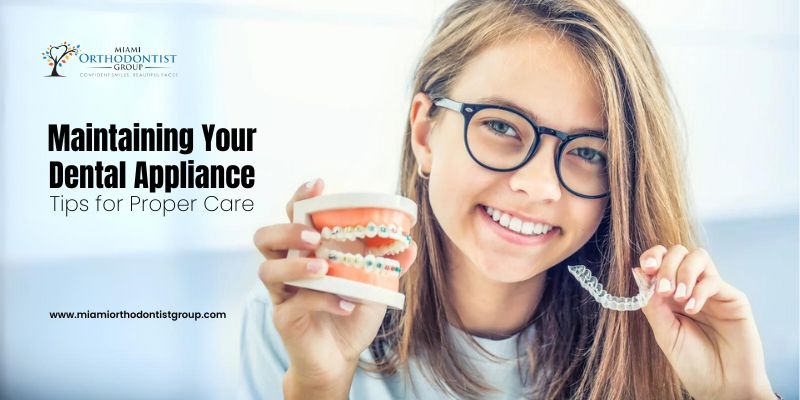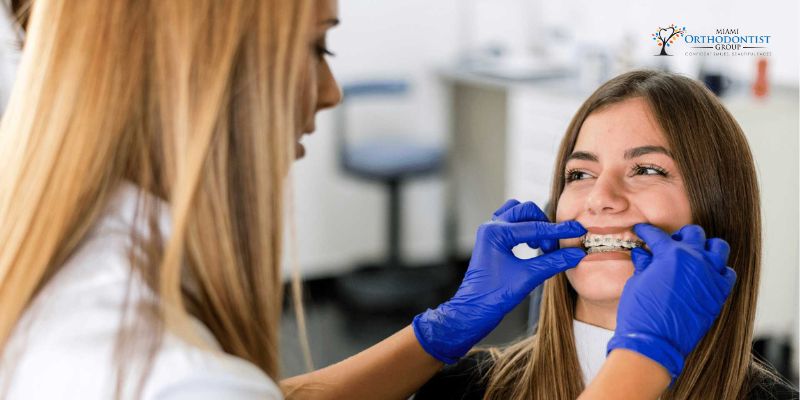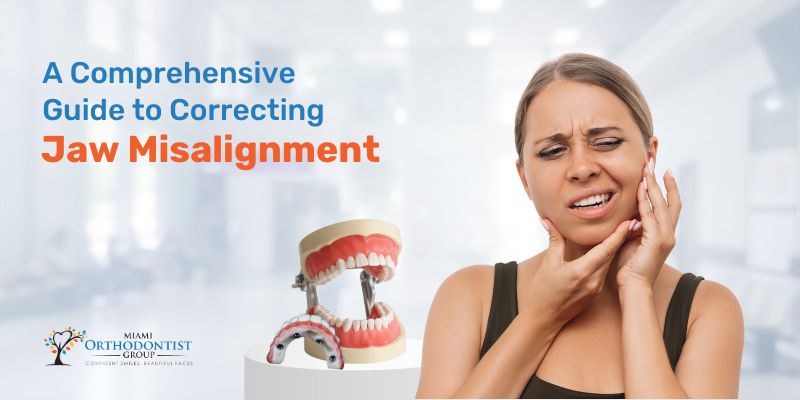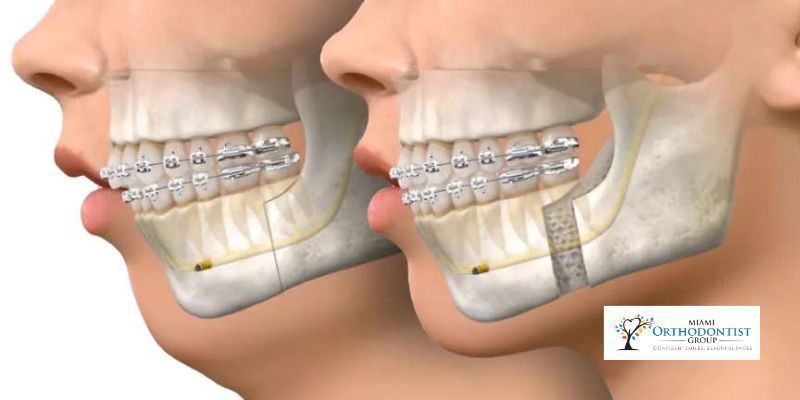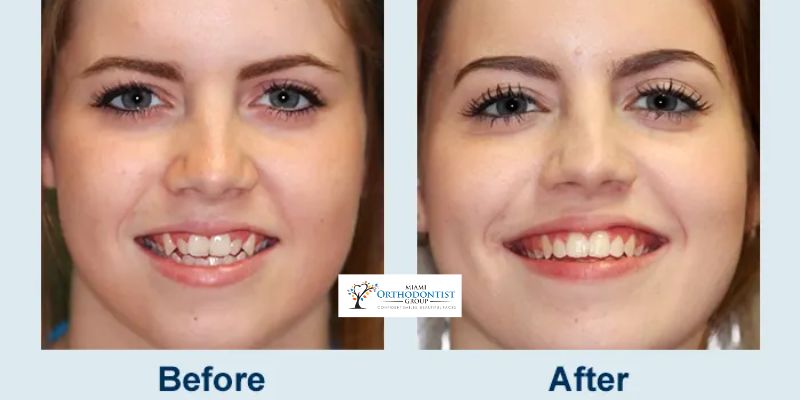Navigating the first week with braces can be challenging as your mouth adjusts to the new removable orthodontic appliances. Understanding how to manage pain effectively during this crucial period can significantly affect your comfort and overall experience.
In today's world, where aesthetics and convenience are paramount, Invisalign has emerged as a popular choice for orthodontic treatment. Unlike traditional braces, Invisalign offers a clear, nearly invisible alternative to straightening teeth, making it particularly appealing for adults and teens who are conscious of their appearance.
Invisalign has revolutionized orthodontic treatment by offering a clear, removable alternative to traditional braces. This innovative system utilizes custom-made, clear aligners that gradually shift teeth into their desired positions.
Dentofacial orthopedics is a specialized field within orthodontics that focuses on the guidance and correction of facial growth and development, particularly in children and adolescents.
Orthodontic treatment is often associated with adolescence, but the reality is that people of all ages can benefit from braces.
Dental appliances, whether braces, Invisalign, or orthodontic appliances, play a crucial role in orthodontic treatment.
Dentofacial Orthodontics, Braces, Invisalign Aligners, Orthodontic Care.
Orthognathic Surgery, Jaw Misalignment, Jaw Pain, Orthodontic Treatment.
Jaw misalignment, or malocclusion, can lead to many issues, ranging from difficulties in chewing and speaking to facial asymmetry and even breathing problems.
Dentofacial orthodontics stands out as a specialized area focused on correcting misalignments within the teeth and the overall structure of the face.







